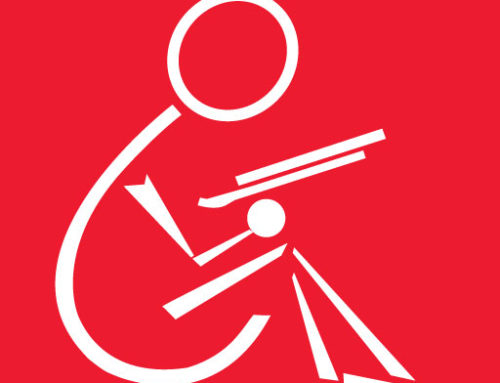 For those who remain staunch devotees of print books, there are few things as disappointing as being at your favorite bookstore and unable to find the book you’re searching for. However, it is difficult for publishers and bookstores to forecast, print and stock books that they are unsure will sell—and doing so can lead to monetary losses and ultimately needing to destroy unsold books. This dynamic can also make it difficult for new authors to break into the industry, as publishers may not be willing to take the risk of printing books that won’t sell.
For those who remain staunch devotees of print books, there are few things as disappointing as being at your favorite bookstore and unable to find the book you’re searching for. However, it is difficult for publishers and bookstores to forecast, print and stock books that they are unsure will sell—and doing so can lead to monetary losses and ultimately needing to destroy unsold books. This dynamic can also make it difficult for new authors to break into the industry, as publishers may not be willing to take the risk of printing books that won’t sell.
The Espresso Book Machine (EBM), however, may be an answer to such problems. Described by its maker, On Demand Books, as a “bookstore in a box,” the EBM is a digital–to–print, print–on–demand (POD) device that can print a book in minutes. While the materials are not exactly the same, these books are similar to their traditionally printed counterparts in most other ways. There are even customization options that wouldn’t have been available during the first printing of most books, such as increasing point size of text for readability or inserting a bookstore’s name on the title page. Also worth noting is that the price of an EBM book is comparable to that of a conventionally printed book.
The EBM (and POD by extension) solves issues that publishers and printers face, such as small print runs, sold–out books and out–of–print books; POD manufacturing also reduces the financial risk or burden to publishers and booksellers. Additionally, the entire process is more profitable, as publishers don’t have to overprint, and bookstores don’t have to overstock.
Apart from increasing profits for everyone involved, POD is also beneficial for the environment. Excess stock is pulped annually by publishers, a fate that the EBM renders unnecessary—every book that is printed is sold. Because the books are printed at the point of sale, there is also no need for shipping and returns, which saves time and is eco–friendly.
The EBM is being utilized by big publishers and self–publishing writers alike. Several of the big five publishers—as well as a number of smaller publishers—have chosen to make their books available on the EBM. On Demand Books also offers SelfEspress, the “online self-publishing toolset for the EBM.” Many other POD providers offer services such as copyediting to writers. Such services and decreased financial risk make POD a great avenue for self–publishing.
The EBM is an excellent example of the publishing industry embracing technological advances, and—for those like myself who fear that the end of the print book is near—it shows that print books are able to coexist with digital technology.
Did You Know?
Numerous technological advances over the past several hundred years have led to us being able to print a full, polished book in minutes. Around 1600, Gutenberg’s hand–powered letterpresses could make around 240 impressions per hour; in 1818, the fastest steam–powered letterpresses could print 2,400 pages per hour; and today, web–fed offset presses can print a mind-boggling 50,000 pages per hour. Digital printers are slower, however, producing fewer than 10,000 pages per hour—but they are also much, much smaller.


